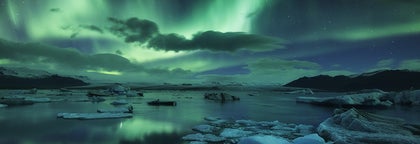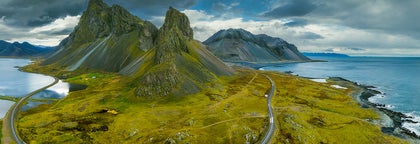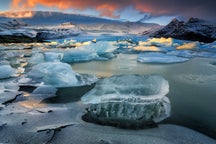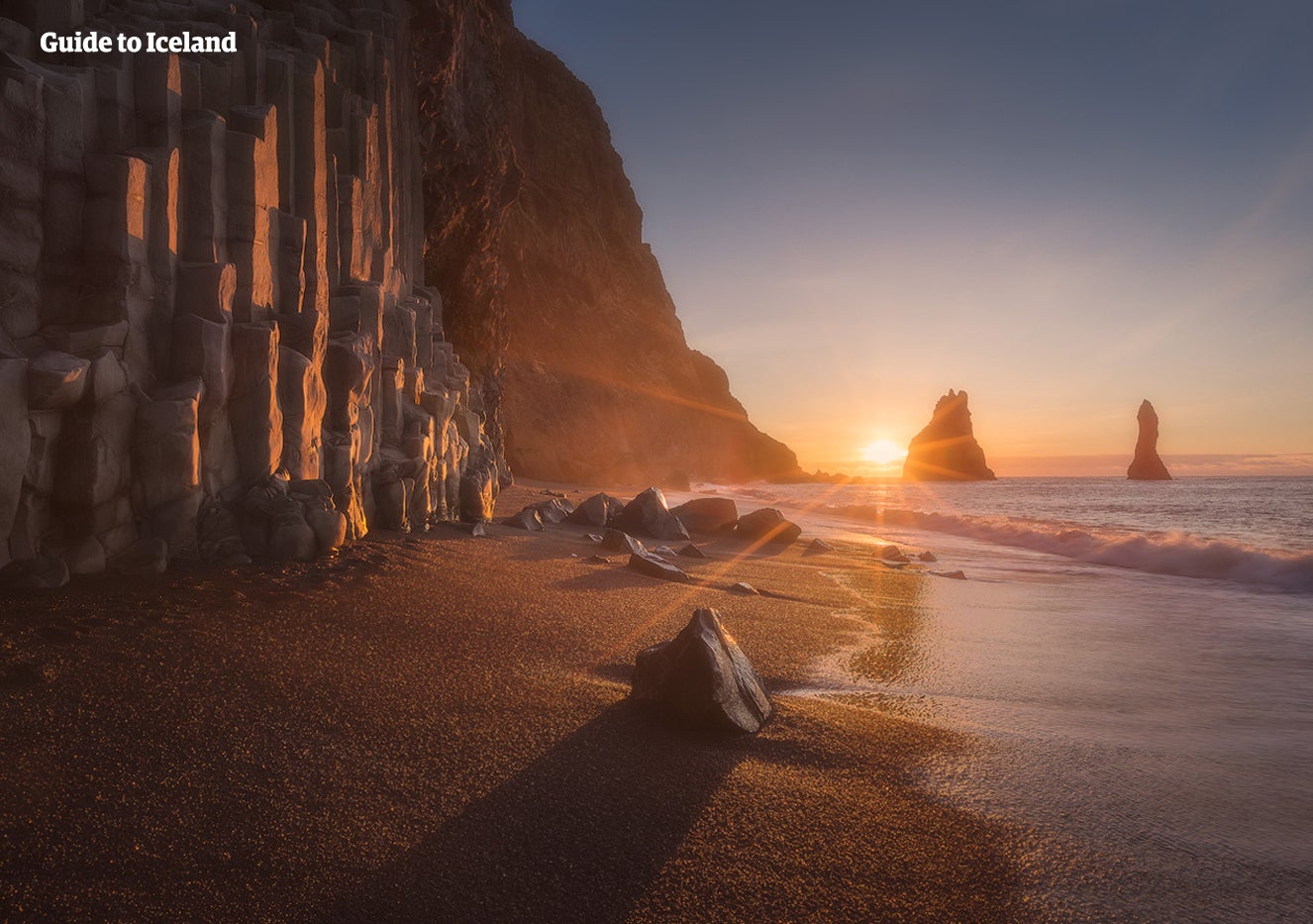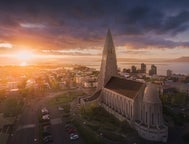
Best Super Jeep Tours in Iceland
Choose from the largest selection of Super Jeep tours in Iceland. Explore hard-to-reach sites of astonishing beauty.
Find a unique experience
Select starting location
Select dates
Starting dateFinal date
Add travelers
1 traveler
Super Jeep Tours
Refine the results by using the filters
Sort by: Popular
We offer so much more
Explore an unequalled wealth of tours and packages
Frequently asked questions
What is a super jeep?
A super jeep is a highly modified 4x4 SUV with very large tires that are specially designed to cross difficult terrain in Iceland.
What is the best super jeep tour in Iceland?
The best super jeep tour in Iceland is the Katla volcano ice caving & glacier hiking tour with transfer from Vik, rated 4.8 out of 6 stars with more than 95 reviews. Take an excursion through ice caves, blue glaciers, black sand beaches, and world-famous sights by a super jeep and on foot through this tour that costs around 285 USD.
Another highly rated tour is this Landmannalaugar super jeep tour with pickup from Reykjavik, rated 4.7 out of 5 stars by more than 110 travelers, and costs about 329 USD. Be captivated by the otherworldly beauty of Landmannalaugar and see waterfalls, craters, and rhyolite mountains onboard a super jeep.
Another highly rated tour is this Landmannalaugar super jeep tour with pickup from Reykjavik, rated 4.7 out of 5 stars by more than 110 travelers, and costs about 329 USD. Be captivated by the otherworldly beauty of Landmannalaugar and see waterfalls, craters, and rhyolite mountains onboard a super jeep.
Is it worth it to take a super jeep tour in Iceland?
Yes, taking a super jeep tour in Iceland is worth it for an exhilarating and unique experience. These robust vehicles can navigate challenging terrains, providing access to remote and stunning natural wonders that regular tours may miss. The adventure, coupled with the knowledgeable guides, makes it a memorable and worthwhile exploration of Iceland's breathtaking landscapes.
What is the cheapest super jeep tour in Iceland?
The cheapest super jeep tour in Iceland is this action-packed one-hour express super jeep tour of South Coast from Vik, which costs about 114 USD. Navigate rough terrain, cross rivers and black sand beaches, and discover South Coast’s gems on this tour.
Also among the cheap super jeep tours is this off-road two-hour super jeep sightseeing tour of the Streiti Coast with transfer from Breiddalsvik, which costs around 125 USD. Explore the backcountry of East Iceland on a super jeep and witness the beautifully diverse landscape of Iceland.
Another affordable tour is the guided 45-minute blue ice caving adventure in Vatnajokull with transfer from Jokulsarlon that costs around 143 USD. After a 30-minute off-road ride on a super jeep, you’ll reach Iceland’s largest glacier, Vatnajokull, where you’ll get to explore the enchanting blue ice cave.
Also among the cheap super jeep tours is this off-road two-hour super jeep sightseeing tour of the Streiti Coast with transfer from Breiddalsvik, which costs around 125 USD. Explore the backcountry of East Iceland on a super jeep and witness the beautifully diverse landscape of Iceland.
Another affordable tour is the guided 45-minute blue ice caving adventure in Vatnajokull with transfer from Jokulsarlon that costs around 143 USD. After a 30-minute off-road ride on a super jeep, you’ll reach Iceland’s largest glacier, Vatnajokull, where you’ll get to explore the enchanting blue ice cave.
Why should I choose a super jeep tour over a bus tour?
Super jeep tours are more intimate and more adventurous than bus or minibus tours. They can also access areas in Iceland that normal buses and mini-buses cannot, such as the Highlands and glacier summits.
Why are super jeep tours more expensive than bus tours?
The cars themselves are both costly to maintain with high fuel costs. On top of that, each car can only carry around six passengers, and the price of the tour needs to cover the running cost of the car, as well as the salary of the guide.
Will we drive off-road on a super jeep tour?
No, it is illegal to drive off-road in Iceland. However, your guide may drive on highland tracks, over ice or snow, on gravel roads and even across rivers. This feels like driving off-road, even though the tracks are designated for such tours.
Isn’t crossing rivers in Iceland dangerous?
Some tours include river crossings; you will, for example, cross a few large rivers to reach Thorsmork. Your driver is very skillful and experienced and will choose the safest way to cross the river.
Do I get to drive the super jeep myself?
On most tours, only the tour guide will drive the super jeep. However, some excursions, like this 10-hour drive a super jeep tour to Thorsmork Valley from Reykjavik, allow those with a driver's license to take the wheel.
How many people are on a super jeep tour in Iceland?
There are a maximum of six travelers in a traditional super jeep tour, plus the driver/guide. For some untraditional tours, in monster trucks and modified vehicles, the number of passengers may be much larger.
Can I book a private super jeep tour and get a customised itinerary?
Yes, please contact info@guidetoiceland.is to arrange a private super jeep tour.
I am a solo traveller and there is a minimum of four participants for this tour. Can I join?
Yes, if the minimum amount of customers for the tour is covered. You can wait for more people to sign up or you can pay for the remaining spots yourself.
Can you put me on a waiting list for a super jeep tour in Iceland?
You need to check beforehand if there is space available for your desired dates. Alternatively, you can e-mail info@guidetoiceland.is to see which dates are available during your time here. Unfortunately, we cannot put your name on a waiting list ourselves.

Install Iceland’s biggest travel app
Download Iceland’s biggest travel marketplace to your phone to manage your entire trip in one place
Scan this QR code with your phone camera and press the link that appears to add Iceland’s biggest travel marketplace into your pocket. Enter your phone number or email address to receive an SMS or email with the download link.

























